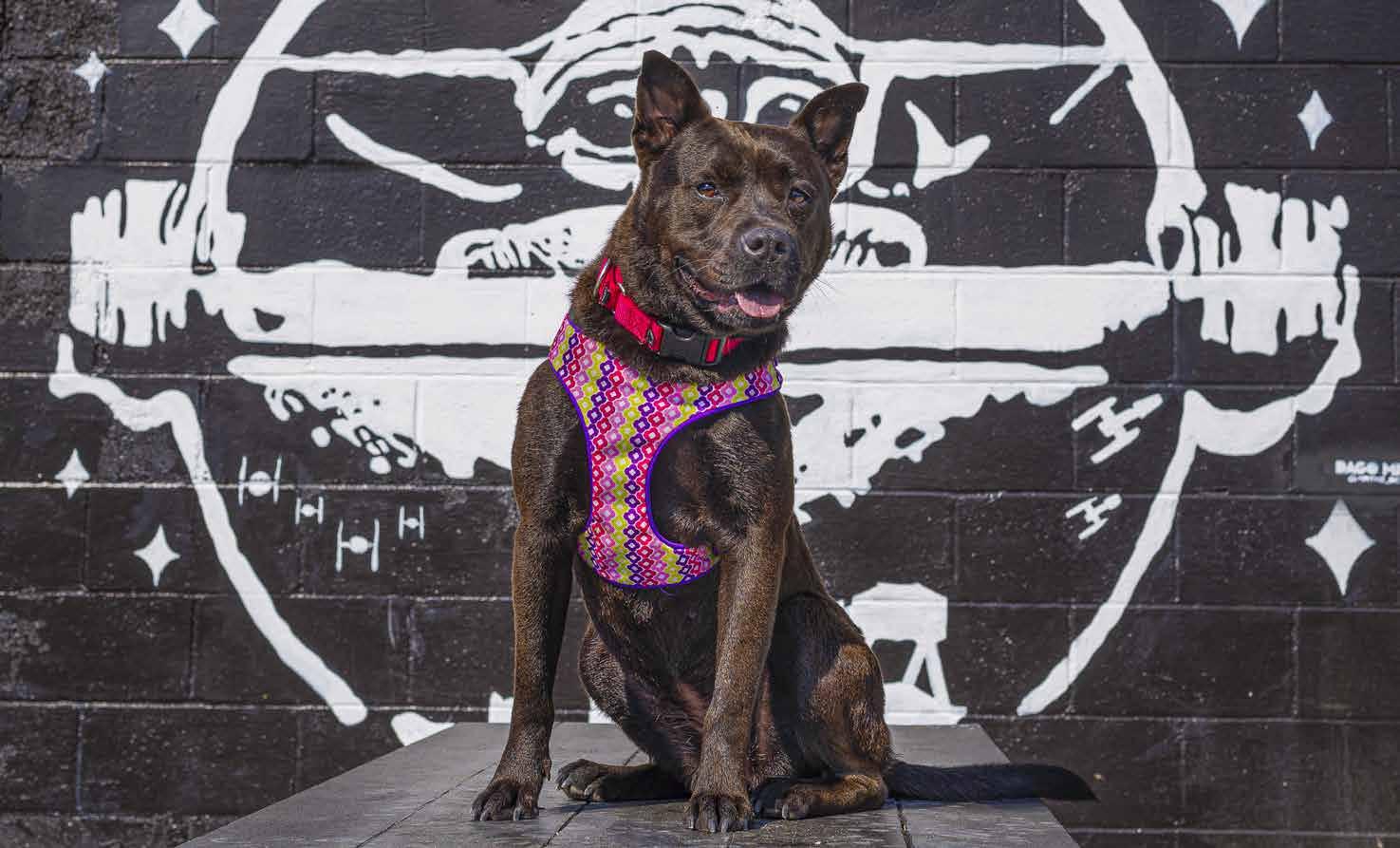"Legal Tender" Opening Reception
THE BLANK CANVAS: Interzone Art Center Goes Public by Dakota Parks
8 | DOWNTOWNCROWD.COM
Tucked into the historic Brownsville neighborhood on North V Street, the building that houses Interzone Art Center dates back to 1955. Over the years, the nearly 3,000 sq. ft. building has housed a variety of people: the Brownsville Post Office, a hardware store, a pharmacy, a digital media education school, a seafood restaurant—and now an
art center. Six months ago, a fluctuating group of Pensacola artists set out to construct an “artist-run space.” Artist-run spaces are facilities operated by artists instead of private owners or local governments. These spaces give artists the freedom of curating their own exhibits, hosting experimental events and collaborating as a group for programming. Local artist and figurehead for Interzone, Matt Pham, has wanted to open a community art space in Pensacola for the last ten years. Pham has worked as a freelance graphic designer, a talent booker for Sluggo’s and the art director/marketing coordinator at the Pensacola Museum of Art. His artist medium gravitates towards social practice art—art that engages human interaction and social discourse. “This space is really a response to a need that we have felt in the community. This isn’t a business, so we
don’t have employees or anyone getting paid. Everything being done here is based on volunteerism,” said Pham. “My name might be on the lease, but I couldn’t have done this without my friends and the art community. It’s been about 20 or 25 people of all ages and aspects of life in and out helping. The priority for us is making space for artists, and that extends to performances, musicians, classes and workshops—anything people want to do to share their work.” Space, as Pham explained, isn’t cheap though. Interzone went through six months of constructions and bills still have to be paid to keep the community space afloat. Money is a stressful subject for the artists involved in the project. While Interzone is staying afloat through the resident artist rental workspace in the back half of the building, donations at events and a soon-to-be artist cooperative, they are still actively crowdfunding. One of the first exhibits in the space, “Legal Tender” was created in juxtaposition to this anxiety about money. “So much of the art that we make is about the current moment in the artist’s lives: what is taking up the most of their energy, time and brain space. For me, it’s been money. I feel like I’ve been jolting up in the middle of the night and yelling,







